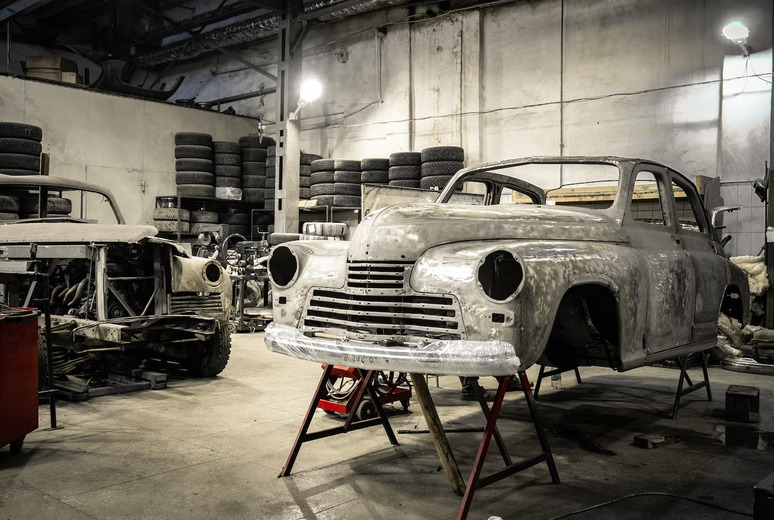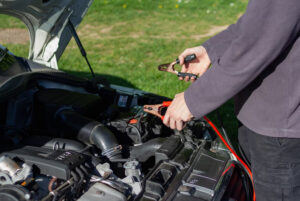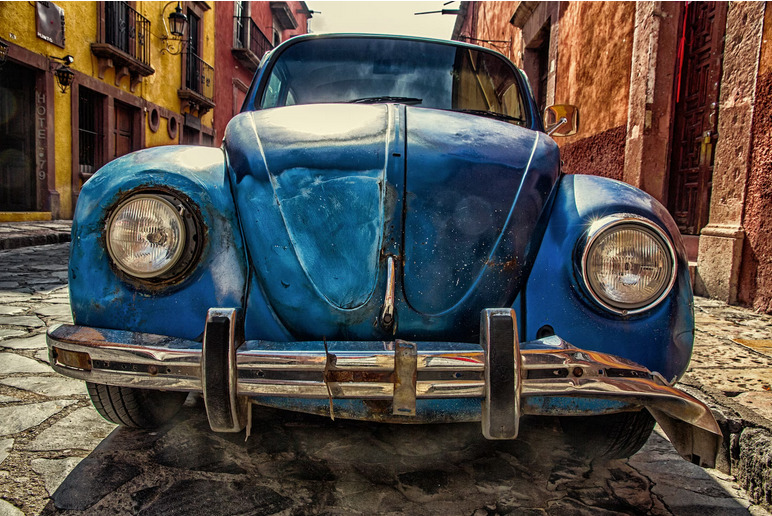Welcome to the world of classic car restoration, where passion meets craftsmanship and history is brought back to life. Whether you’re a seasoned enthusiast or just starting on your restoration journey after talking to Alex Manos, this blog post is packed with valuable tips and tricks that will help ensure the success of your project. From finding the right parts to tackling rust and corrosion, we’ve got you covered. So roll up your sleeves and get ready for a thrilling ride through the world of classic car restoration.
Finding the Right Parts

Finding the right parts is a crucial step in any classic car restoration project. Whether you’re restoring a vintage Mustang or a classic Chevy, sourcing authentic and high-quality parts can make all the difference. One of the first places to start your search is with reputable suppliers and specialty shops that specialize in classic car parts. These experts have extensive knowledge and connections within the industry, making them invaluable resources for locating those hard-to-find pieces. Another avenue to explore is online marketplaces and forums dedicated to classic cars. Here, you’ll find enthusiasts from all over the world who are passionate about preserving these automotive treasures. They often have spare parts lying around or can point you in the right direction.
Dealing With Rust and Corrosion
Rust and corrosion can be one of the biggest challenges when it comes to restoring a classic car. Over time, moisture and exposure to the elements can cause metal surfaces to deteriorate, leading to unsightly rust spots and weakened structural integrity. To tackle rust effectively, it’s crucial to start by properly assessing the extent of the damage. This involves thoroughly inspecting all areas of the vehicle for signs of corrosion. Pay close attention to hidden or hard-to-reach places where rust may often go unnoticed. Once you’ve identified areas affected by rust, it’s essential to remove it completely before proceeding with any repairs or painting. One effective method is using a wire brush or sandpaper to scrape away loose rust particles from the surface.
Fixing Electrical Issues
 When it comes to classic car restoration, one of the biggest challenges can be dealing with electrical issues. Over time, wiring can become frayed or corroded, leading to a host of problems. From faulty lights and non-functioning gauges to complete electrical system failures, these issues can be frustrating and time-consuming to fix. One common problem is a short circuit caused by exposed wires touching each other or coming into contact with metal surfaces. This can result in blown fuses or even fires if not addressed promptly. It’s essential to carefully inspect all wiring for any signs of damage and repair or replace as needed.
When it comes to classic car restoration, one of the biggest challenges can be dealing with electrical issues. Over time, wiring can become frayed or corroded, leading to a host of problems. From faulty lights and non-functioning gauges to complete electrical system failures, these issues can be frustrating and time-consuming to fix. One common problem is a short circuit caused by exposed wires touching each other or coming into contact with metal surfaces. This can result in blown fuses or even fires if not addressed promptly. It’s essential to carefully inspect all wiring for any signs of damage and repair or replace as needed.
Restoring a classic car takes passion, dedication, and expertise. With careful planning and execution of these tips and tricks, you’ll be able to transform an old wreck into a stunning piece of automotive history that you can proudly show off at car shows or enjoy cruising down the open road. So roll up your sleeves and get ready for an unforgettable journey as you breathe new life into your dream machine. We hope that you have found this blog post helpful.

